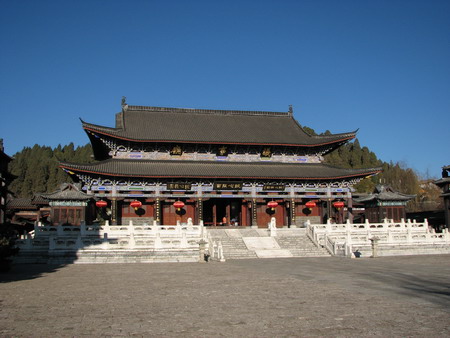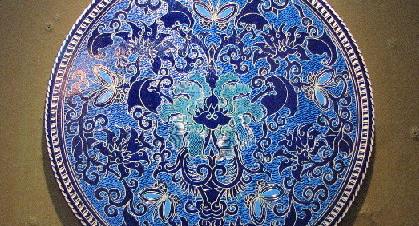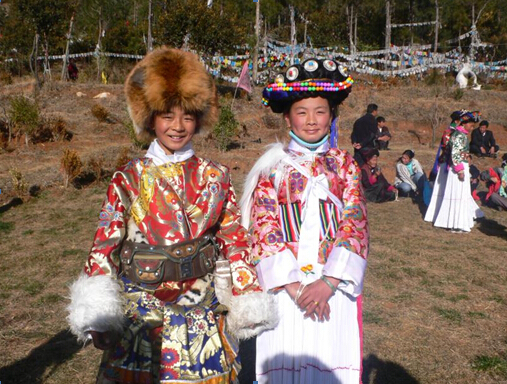The Mu Residence

The Old Town of Lijiang owns the laudatory title of historical and cultural town of China and world cultural heritage. And the Mu Residence is a critical piece of the town. From 1523, when the Naxi chieftain was given the surname of Mu in the Yuan Dynasty, 22 generations of Mu chieftains spanning 470 years ruled Lijiang based on a hereditary system. Compared with other chieftains in China’s southwest, they were known for being well-educated.
Located in the southwestern part of the town, its appearances in the Ming Dynasty are magnificent. Xu Xiake from the Ming Dynasty once spoke highly of the compound, “the magnificence of the compound is as splendid as the imperial palace”. It is a pity that most houses were ruined by warfare at the end of the Qing Dynasty. And the stone archway was abolished during the Cultural Revolution (1966-1976). After an earthquake in 1996, World Bank recognized its value and made a heavy loan for its restoration. Thanks to the exquisite design and hard work by craftsmen , it was rebuilt three years after the quake.

Occupying an area of 46 mu (15 mu is equal to 1 hectare), it has a 368 meter-long axis. It faces the east and the rear facing the sun, which is said to bring prosperity to the compound. On the wooden board, four Chinese characters were inscribed to read, “Tianyuliufang,” meaning getting educated in the Naxi language, showcasing the Naxi people’s respect for knowledge. The archway is a pure three-layered stone works, regarded as one of the best archways in China. The compound hall is spacious and magnificent in size. Mu chieftains used to discuss important issues inside the hall. Wanjuanlou, the library of the compound, houses cultural artifacts passed down over 2,000 years. It collected thousands of Dongba scriptures, hundreds of Tibetan scriptures and poems and essays of six Mu chieftains, as well as calligraphies and paintings of many reputable personages. They are all valuable treasures of the library. Hufadian, or Rear City Hall, served as a family meeting hall. Guangbilou is a building in the backyard garden, which is historically recognized as a masterpiece structure in west China. Yuyinlou was used as a place to receive emperors’ orders or hold banquets and cultural activities. Sanqingge is a spiritual product for the Mu chieftains to practice Taoism. In the deep forest of Lion Mountain, the Mu chieftains worshiped the sky, their ancestors and Mother Nature. The Mu Residence fully shows that the Naxi people are open-minded and accepting of multiple cultures.





